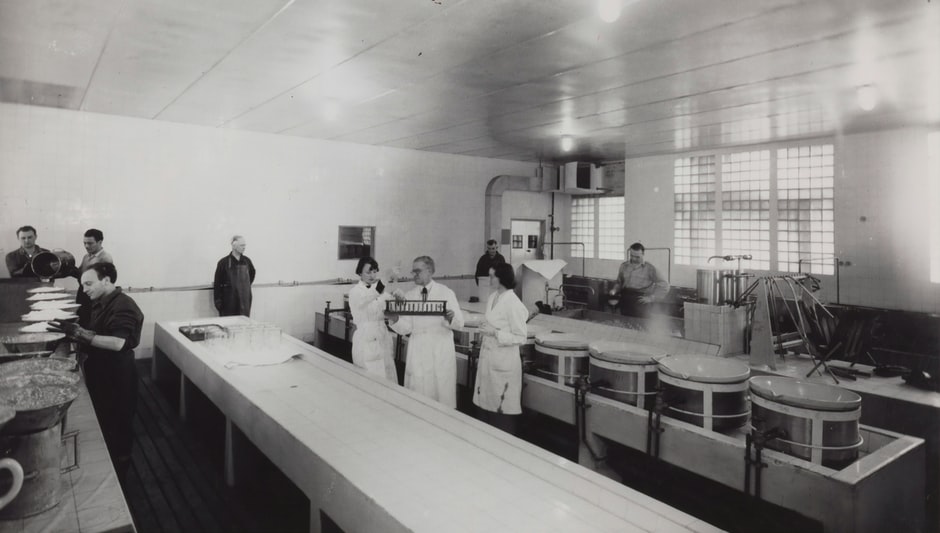High levels of nitrate in well water can be a result of improper well construction, well location, or improper disposal of treated wastewater. Nitrate levels in drinking water can be affected by a number of factors, including the type of water source, the location of the well, and whether the water is treated or untreated. Nitrate can also be found in surface water and groundwater, as well as in soils and sediments.
Table of Contents
Why won’t my nitrite levels go down?
Doing water changes is the only way to get your nitrites down. Water changes do not slow down the tank cycle. The nitrite eatingbacteria will reduce them to 0 if you grow them. You can’t grow them fast enough if you keep removing bits of them.
How do I lower the nitrates in my aquarium?
Performing regular water changes with water that has little or no nitrate will lower the overall nitrate level in the aquarium. If your local tap or well water has high nitrate levels, you can use deionized water or reverse osmosis water. Nitrate is a limiting nutrient for most fish, so it is important to feed your fish a balanced diet that includes a variety of foods.
Nitrates can be a problem for fish that are sensitive to nitrates, such as those that eat a lot of crustaceans, shrimp, snails, and other invertebrates. Feeding a high-nitrate diet will also help reduce the amount of ammonia in your aquarium, which can lead to ammonia build-up and ammonia poisoning.
How do I get rid of nitrates in my aquarium?
A water change is the easiest solution to come up with. nitrate can be removed from your aquarium when you remove a volume of water. If you change half the water, you can remove 50 percent of nitrates. But that’s not the only way to do it. You can also add a small amount of ammonia or nitrite to your water, and then add it back to the aquarium when you’re done.
This is called a “nitrate/ammonia ratio” (N/A). It’s a good idea to use a ratio of at least 2:1, but you can go as low as 1:2 or even as high as 3:5. If you use too much ammonia, your fish won’t be able to take it, so you’ll have to add more water to make up the difference.
But if you add too little, the ammonia will build up in your tank, making it difficult for the fish to breathe, which will make them sick and eventually kill them. You’ll also want to check your ammonia level every few days to see if it’s getting too high or too low.
Will nitrates lower on their own?
In a healthy, complete system, it goes down on its own. But if you have a system that’s not functioning properly, you’re going to get a lot of problems. And if they’re not, then you need to look at what’s going on in the system to see what you can do to make it work better.
Does water conditioner remove nitrates?
It is possible to remove nitrate from drinking water. A water softener is typically used to treat hard water, but it can also remove nitrate and nitrite with the proper media. Water softeners use an ion exchange process to remove minerals from the water.
How long does the nitrite stage last?
The levels of ammonia should be gone within 24 hours and the levels of nitrites should be gone within 48 to 72 hours. If you have ammonia, it will be gone in a day or two. If you have nitrite it may take up to a week or more to go away. Nitrate levels are measured in milligrams per liter (mg/L).
If your nitrate level is less than 0.5 mg/l, then you are getting the right amount of nitrogen in your diet. You can also check your blood ammonia level by taking a urine sample. This will give you an idea of how much ammonia your body is producing.
Which is worse for fish nitrate or nitrite?
nitrite is very toxic to fish even in low levels, unlike nitrate, which is not toxic at all. Nitrates are found naturally in the soil and water, while nitrites are added to fertilizers, pesticides, and other products. Nitrates can also be found in some foods, such as meat, poultry, fish, eggs, dairy products, vegetables, fruits, nuts and grains.
The amount of nitrates in a food depends on the type of food and how it is processed, as well as how the food is stored. For example, meat and poultry are more likely to have high levels than fruits and vegetables.
Is 40 ppm nitrate too high?
Nitrite levels above 0.75 ppm in water can cause stress in fish and greater than 5 ppm can be toxic. Nitrate levels from 0 – 40 ppm are generally safe for fish. Anything over 80 can have a negative effect on fish health. Nitrates and nitrites are found naturally in the soil and water, but they can also be added to the water through the use of fertilizers, pesticides, and sewage sludge.
In addition to nitrates, nitrite is also a component of nitrate-nitrogen compounds, which are used to fertilize crops and lawns. These compounds are also found in many foods, including fruits, vegetables, meat, fish, poultry, eggs, milk, cheese, yogurt, coffee, tea, beer, wine, vinegar, laundry detergents, cosmetics, toothpaste, soap, detergent, hair dyes, insecticides, pharmaceuticals, food additives and many other products.
